Curry powder is a blended spice mixture typically containing turmeric, cumin, coriander, and other warming spices that creates the characteristic yellow-orange color and complex flavor profile in many dishes. Unlike what many believe, there's no single authentic 'curry powder'—it's a Western adaptation of Indian spice blends created during British colonial rule for convenience.
This comprehensive guide reveals exactly what's inside curry powder, how regional variations differ globally, and practical techniques to maximize flavor in your cooking. You'll learn why store-bought blends often disappoint compared to fresh masalas, and how to craft your own customized blend in minutes.
Table of Contents
- What Curry Powder Really Is (And What It's Not)
- Core Ingredients in Authentic Curry Powder Blends
- Global Variations: Indian, Japanese, Thai & Madras Compared
- Historical Truth: How Colonialism Shaped Curry Powder
- 7 Proven Methods to Use Curry Powder Effectively
- Custom Curry Powder Recipe: Control Heat & Flavor
- Curry Powder vs Garam Masala vs Other Spice Blends
- Traditional Culinary Uses of Key Ingredients
- Frequently Asked Questions Answered
What Curry Powder Really Is (And What It's Not)
Curry powder is not a traditional Indian spice blend but rather a British colonial invention—a standardized, shelf-stable mixture created for Western convenience. Authentic Indian cooking uses fresh "masalas" (spice blends) customized for each dish, while "curry powder" emerged as a pre-mixed version for British soldiers and colonists. The typical yellow-orange color comes primarily from turmeric, which was emphasized for visual appeal in Western markets.
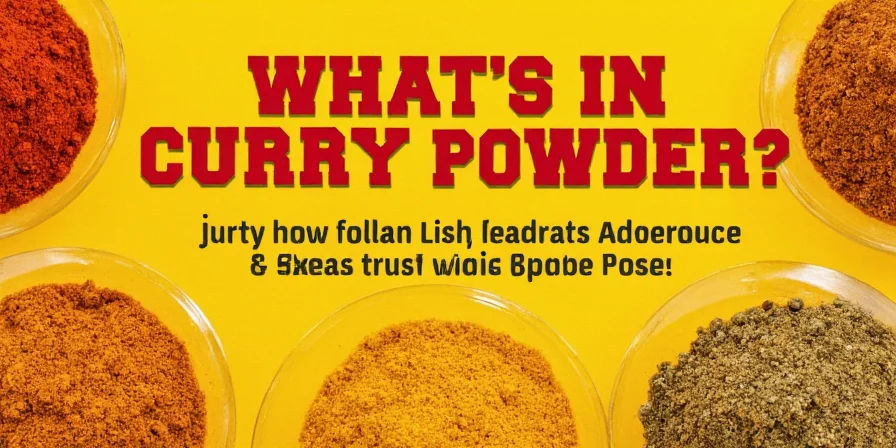
Core Ingredients in Authentic Curry Powder Blends
While formulations vary, authentic curry powder blends consistently feature these essential components:
- Turmeric – Provides the signature golden color (30-40% of blend) and earthy base flavor
- Cumin – Contributes smoky depth (15-20% of blend), crucial for authentic taste
- Coriander – Adds citrusy brightness to balance heavier spices (10-15% of blend)
- Fenugreek – Imparts subtle maple-like sweetness (5-8% of blend)
- Ginger – Provides zesty warmth (5-10% of blend)
- Black Pepper – Enhances turmeric's bioavailability (2-5% of blend)
- Optional Heat Elements – Chili powder or cayenne (2-10% depending on regional variation)
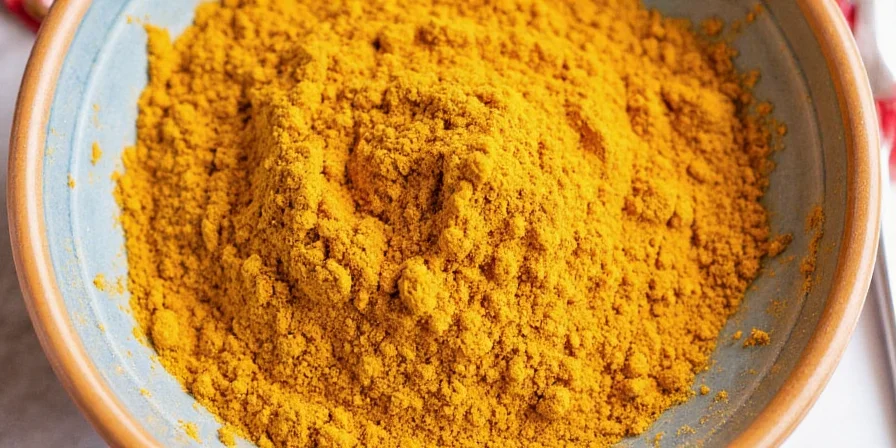
Global Variations: Indian, Japanese, Thai & Madras Compared
Understanding regional differences helps select the right blend for authentic results. Here's how major curry powder variations compare:
| Region/Type | Key Ingredients | Turmeric Content | Primary Use |
|---|---|---|---|
| British-Style Curry Powder | Turmeric-heavy, cumin, coriander, fenugreek | 30-40% | Westernized "curries" and convenience cooking |
| Madras Curry Powder | Higher chili content, mustard seeds, tamarind | 25-35% | Brighter, tangier vegetable and lentil dishes |
| Japanese Curry Powder | Milder chilies, cinnamon, cloves, apple powder | 15-20% | Kare Raisu (thick, sweet curry rice dishes) |
| Thai Curry Paste | Fresh lemongrass, galangal, kaffir lime, shrimp paste | Not powder-based | Coconut milk-based curries (yellow, red, green) |
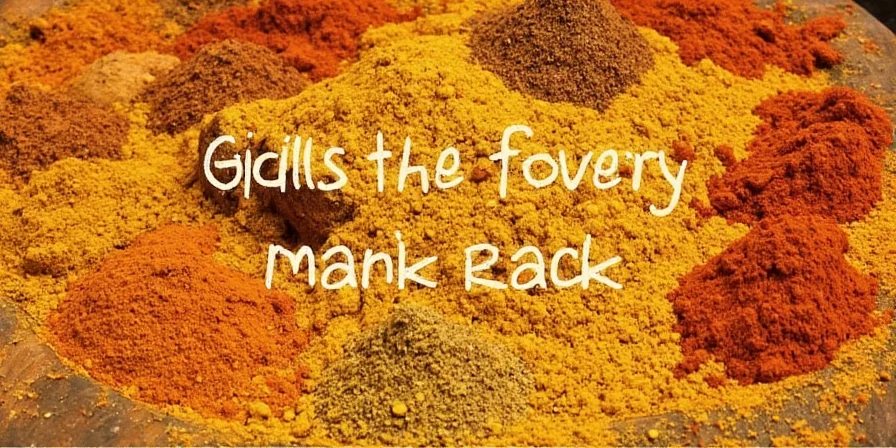
Historical Truth: How Colonialism Shaped Curry Powder
The term "curry" doesn't exist in Indian languages—it's a British simplification of "kari" (sauce) from Tamil. During the 18th-19th centuries, British colonists sought a convenient, shelf-stable version of complex Indian spice blends. Commercial curry powder emerged around 1780 by British manufacturers who standardized recipes for export, emphasizing turmeric for visual appeal. This colonial convenience product differs significantly from traditional Indian cooking, where fresh spice blends (masalas) are made daily for specific dishes. Understanding this history explains why authentic Indian restaurants rarely use pre-mixed curry powder.
7 Proven Methods to Use Curry Powder Effectively
Maximize flavor impact with these professional techniques:
- Bloom in Oil – Heat 1-2 tsp curry powder in oil for 30 seconds before adding liquids to unlock flavor compounds (critical step many miss)
- Layered Application – Add ⅓ during sautéing, ⅓ mid-cooking, ⅓ at end for complex flavor development
- Marinade Magic – Combine with yogurt (not citrus) for meat marinades—yogurt's fat carries spices deeper
- Grain Infusion – Toast rice with 1 tsp curry powder before adding liquid for aromatic basmati
- Vegetable Enhancement – Toss root vegetables with oil and curry powder before roasting at 400°F
- Unexpected Applications – Add ¼ tsp to mayonnaise for sandwiches or stirred into scrambled eggs
- Flavor Correction – If too mild, add more bloomed powder; if too bitter, balance with ½ tsp honey
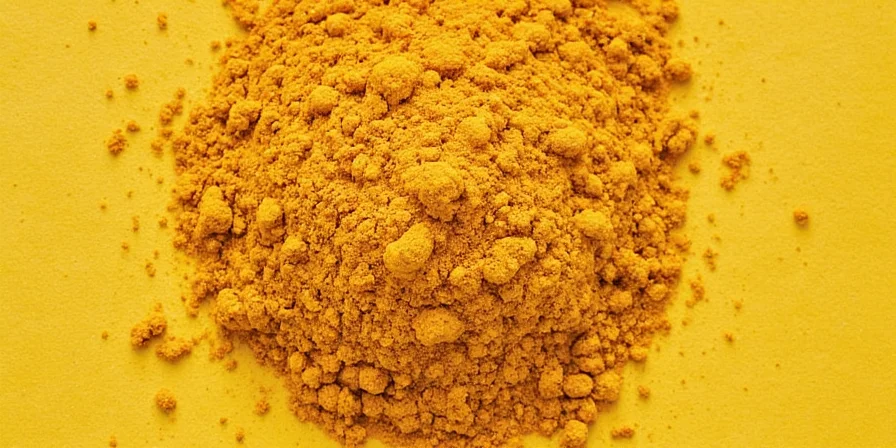
Custom Curry Powder Recipe: Control Heat & Flavor
Store-bought blends often disappoint with stale spices and imbalanced ratios. This professional-grade recipe lets you customize heat and depth:
Authentic-Tasting Curry Powder (Makes ¼ cup)
- 2 tbsp high-quality turmeric (freshly ground preferred)
- 1 tbsp cumin seeds (toasted and ground)
- 1 tbsp coriander seeds (toasted and ground)
- 1 tsp fenugreek seeds (lightly toasted)
- 1 tsp ginger powder (or 2 tsp freshly grated)
- ½ tsp black pepper
- ¼ tsp cardamom seeds (crushed)
- Optional: ¼-½ tsp cayenne (adjust for heat preference)
Pro Tip: For maximum freshness, toast whole seeds in a dry pan over medium heat until fragrant (2-3 minutes), then grind. Store in amber glass jar away from light. This blend lasts 3-4 months (vs 6-12 months for pre-ground versions).
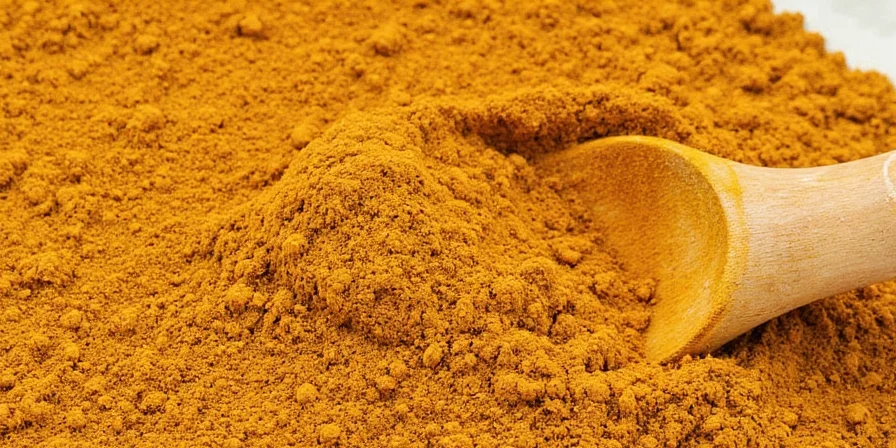
Curry Powder vs Garam Masala vs Other Spice Blends
Avoid recipe disasters by understanding key differences between common spice blends:
| Spice Blend | Primary Ingredients | When to Add | Common Mistake to Avoid |
|---|---|---|---|
| Curry Powder | Turmeric, cumin, coriander, fenugreek | Early in cooking (blooms in oil) | Using as finishing spice (becomes bitter) |
| Garam Masala | Cinnamon, cardamom, cloves, black pepper | At the end (finishing spice) | Adding early (flavors dissipate) |
| Berbere | Chilies, garlic, fenugreek, korarima | Middle of cooking process | Confusing with paprika (much more complex) |
| Tandoori Masala | Kashmiri chili, ginger, garlic, amchur | In marinades only | Using as curry base (lacks depth) |
| Chinese Five Spice | Star anise, cloves, Chinese cinnamon, Sichuan pepper | Early in braising | Substituting for curry powder (totally different profile) |
Traditional Culinary Uses of Key Ingredients
While not medical advice, these traditional culinary applications have been documented in food history:
- Turmeric + Black Pepper Combo – Traditional Indian cooking pairs these to enhance curcumin absorption, with historical use in supporting joint comfort
- Ginger in Digestive Teas – Common across South and Southeast Asia after meals to support digestion
- Cumin Water – Traditional preparation involving soaking cumin seeds overnight, consumed for digestive support
- Fenugreek in Breads – Incorporated in some regional breads for potential blood sugar management properties
- Coriander Seed Tea – Historically used as a cooling agent during hot seasons in Indian culinary tradition
Frequently Asked Questions Answered
Is curry powder actually used in India?
No—curry powder is a British colonial invention. Authentic Indian cooking uses fresh "masalas" (spice blends) made daily for specific dishes. The term "curry" itself doesn't exist in Indian languages but comes from the Tamil word "kari" (sauce).
Why does my curry powder taste bitter?
Bitterness usually comes from adding curry powder too late in cooking or burning it during blooming. Always bloom in oil for 20-30 seconds at medium heat, then immediately add liquids. Avoid adding curry powder at the end of cooking.
How can I make mild curry powder more flavorful?
Toast whole spices yourself before grinding. Replace pre-ground turmeric with fresh turmeric root. Add ¼ tsp amchur (dry mango powder) for tanginess that balances mild blends. Bloom properly in oil with mustard seeds for authentic depth.
Can I substitute garam masala for curry powder?
No—they serve different purposes. Curry powder provides base flavor early in cooking, while garam masala is a finishing spice added at the end. Using garam masala as curry powder replacement creates an unbalanced dish with dominant sweet spices.

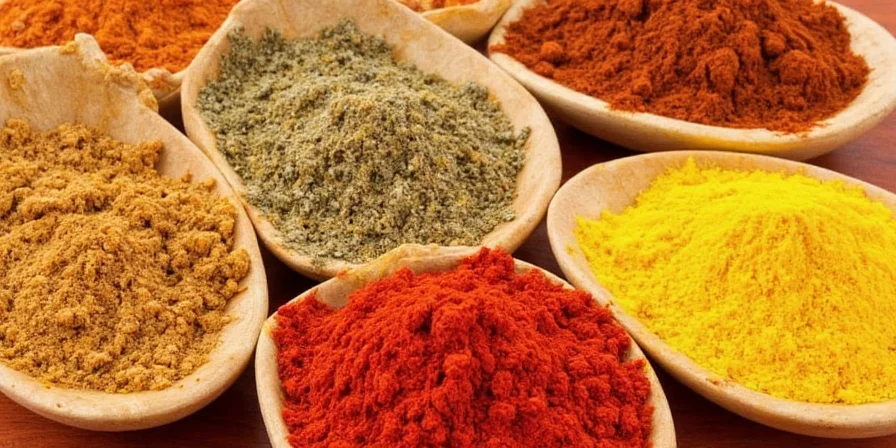









 浙公网安备
33010002000092号
浙公网安备
33010002000092号 浙B2-20120091-4
浙B2-20120091-4